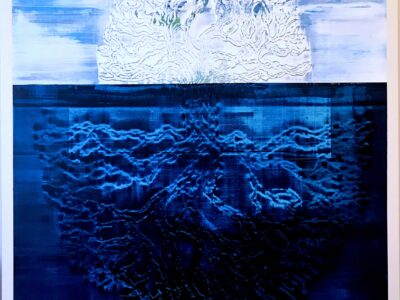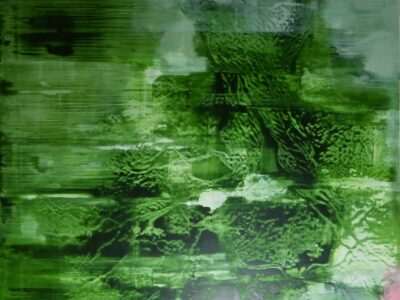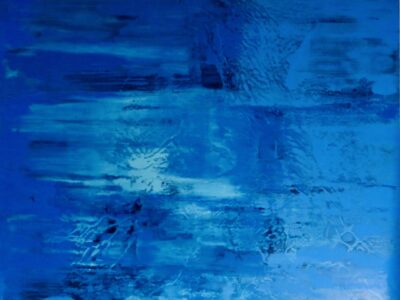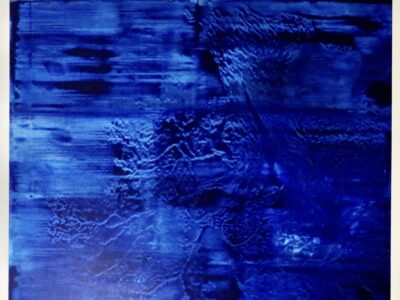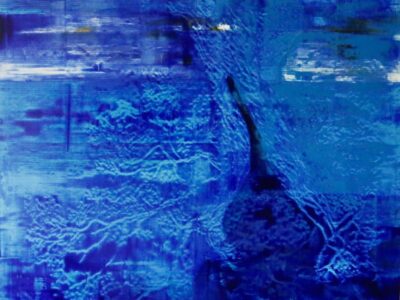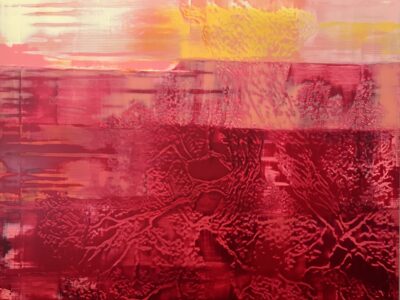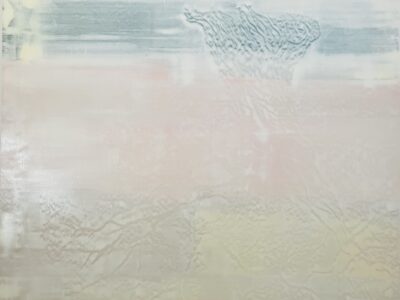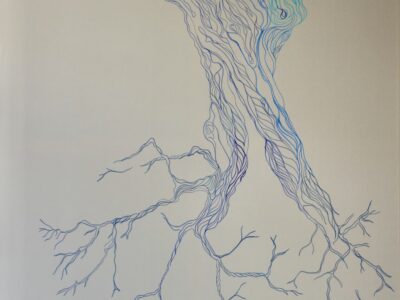(Scroll down to see the pictures of the painting-Series Serenissima)
This painting-series is one element of the ongoing multi/inter-disciplinary project “Il Bosco Serenissimo; the inverted Sea-Forest of Venice”, an artistic-research project having as out come : Digital Reconstruction in 3D, a Video-Sound installation and a Series of paintings.
The Series opens with the painting named “ Serenissima” which represent an up-side-down Oak tree with its roots in the heavens and its crown in the Sea. It stands as introduction to the whole Project mentioned above, being a metaphor to what Venice is and thus bearing its historical name Serenissima.
- Why an Oak tree? And why an up-side-down tree ?
Historically and according to the research made for the project, the majority of the trees used as foundations for the buildings in Venice are oak trees. The foundations of the basilica San Marco, are entirely constitute of Oak trees. And up-side down because the trees trucks as foundations were in fact installed up-side-down as shown in the illustrations bellow
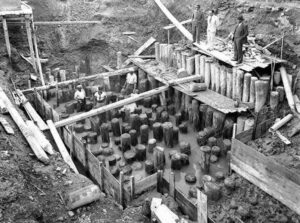
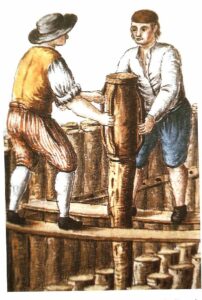
Illustrations 1 & 2 © Archivio di Stato di Venezia
The Serenissima painting is realised with mixed techniques on canvas, 150cmx150cm.
The series continues with a sub-seriesof 9 paintings depicting an up-side-dawn olive tree in 9 variations entitled Olivolo.
- Why an up-side-down inclined olive tree?
The choice of an olive tree is not random, on the contrary, it carries a significant and precise meaning both historically and symbolically.
Venice grow over the centuries following a most singular pattern (this is farther discussed and presented in the research part of the project). Most importantly here is that the island Olivolo which constitute the today Sestiere of Castello, was the first and the most important island around which the early life of Venice was organised.
Long before the existence of the basilica san Marco, the cathedral San Pietro di Castello was the main official churche and the seat of the patriarch of Venice: the bishop of Olivolo, since the 8 century. It remains so untill the 8 October 1451 when the diocese was suppressed and its territory transferred to the newly created Patriarchal See of Venezia, having the newly build Basilica San Marco as its Seat. The island of Olivolo, as you may guess got its name from the grooves of Olive trees that grow abundantly on it.
So after studying the shapes of many olive trees in Venice, a tree emerged that gathered the ancient characteristic of this fabulous tree with its undulations and lines, together with the inclination of its trank that follows exactly the inclination of the campanile san Pietro di Castello.
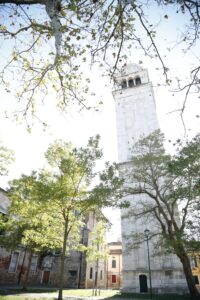
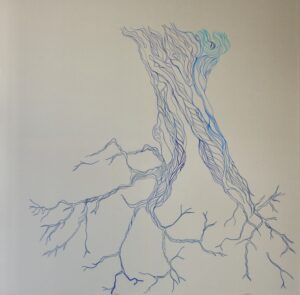
- Why 9 Variations?
The series aims to depict the variations of colours in the water (the canals and lagoon) of the atmosphere and the stones of Venice.
After many studies through direct observations in different hours of the day and different periods of the year, Venice has a varieties, however singular and precise, of colours for its water, its light and its stones. Those studies have been curried out with colours sketches continuously each half hour of the day from specific places in Venice: Giudecca canal and lido for water studies; San Banaba for light studies, and thought all Venice for stones studies.
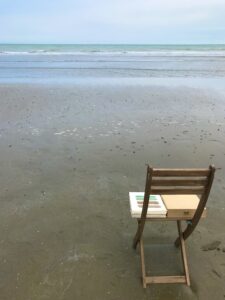
From this colours studies, the paintings emerge :
– Olivolo I, mixed technique on canvas, 150cmx200cm,
– Olivolo II, III, IV, V,VI, VII, VIII are all Acrylic on canvas with each 170cmx170cm
– Olivolo IX , Pastel on canvas, 170cmx170cm
